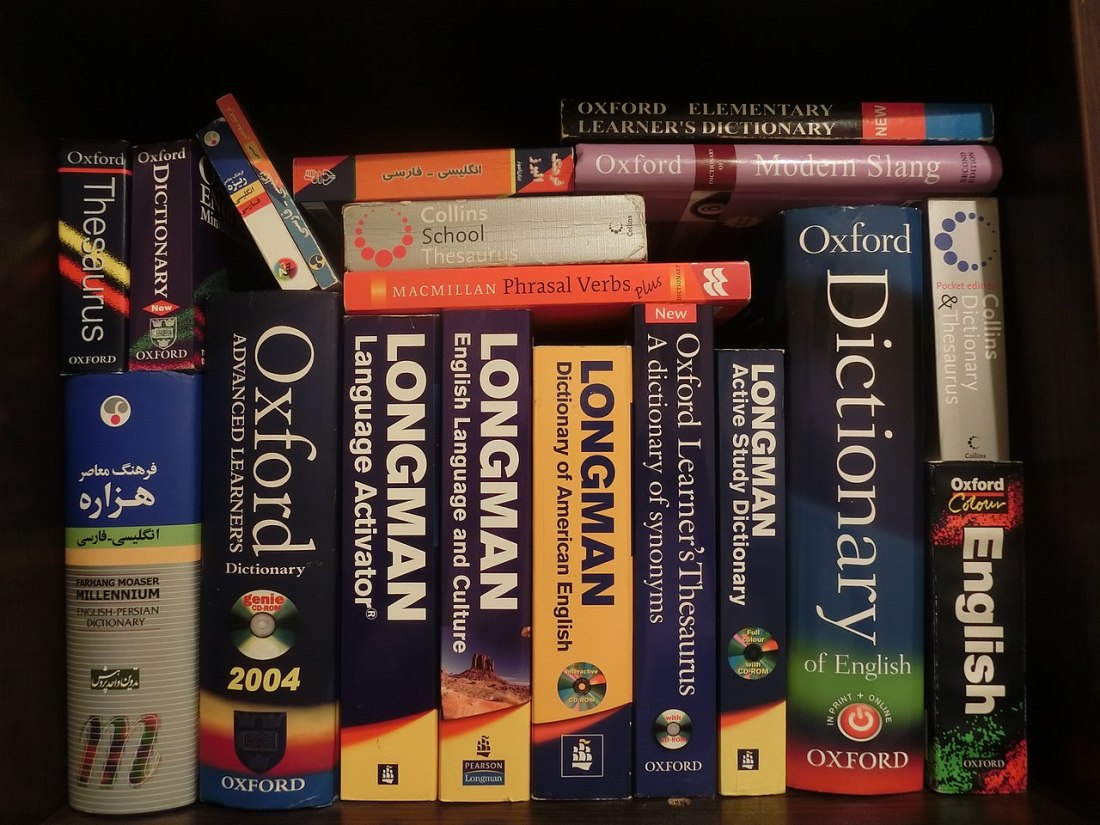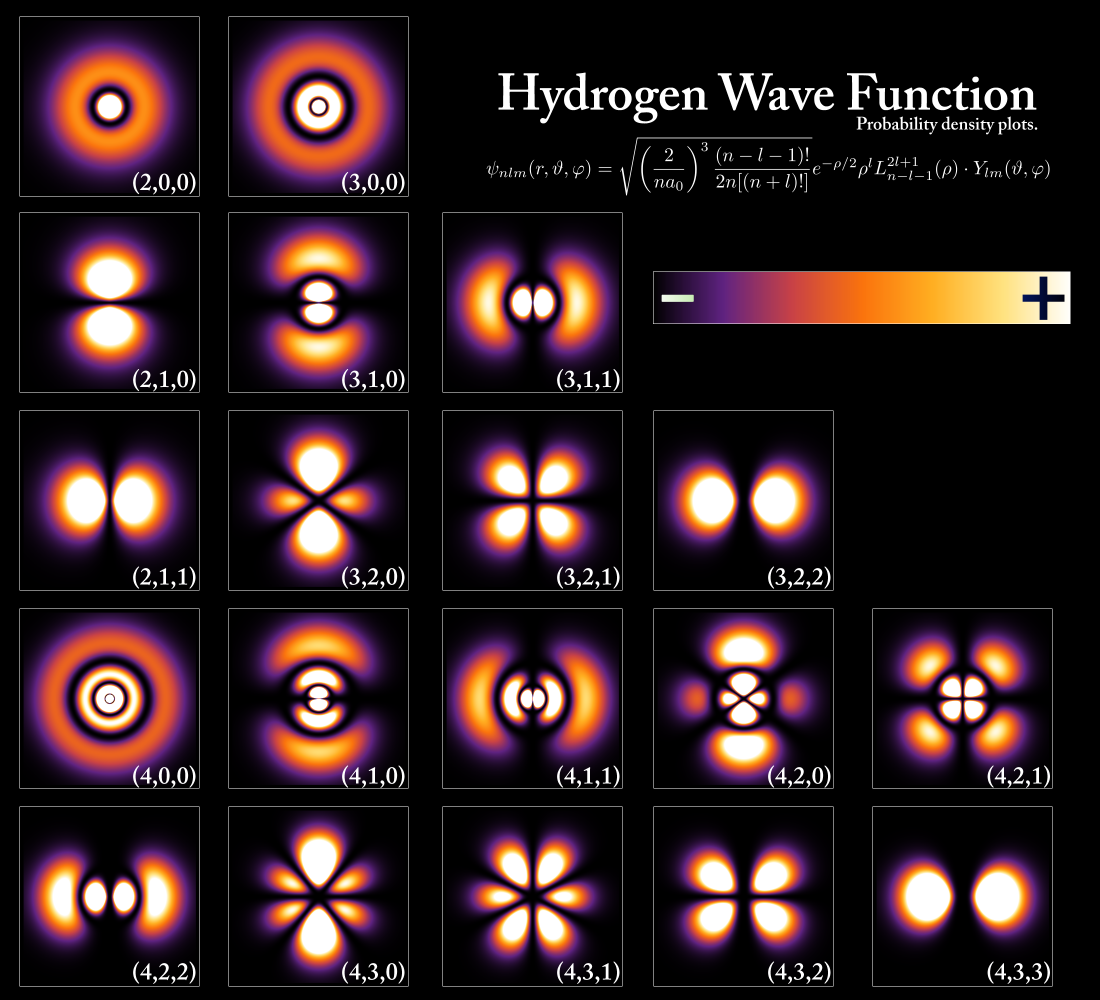This week, while working through my podcast backlog, I came across an interview of Jacy Reese Anthis. We discussed Anthis' paper on consciousness semanticism a few months ago. Like me, Anthis sees the term "consciousness" as ambiguous, one that has had a variety of different meanings over the centuries, and continues to have a range … Continue reading Philosophical semanticism
Tag: Philosophy of science
A thought about objectivity
The idea of objectivity gets a lot of criticism. One common complaint is that it's a fantasy viewpoint, a God's eye view that doesn't exist, a view from nowhere that we can never take. This is a common complaint I've seen from people who think studying consciousness in a third person manner is misguided. It … Continue reading A thought about objectivity
Universal functionalism
In one of the final chapters of his book: Reality+: Virtual Worlds and the Problems of Philosophy, David Chalmers asks, have we fallen from the Garden of Eden? "Eden" in this case is a metaphor for living in a world where everything is as it seems, matching our pre-theoretical view of reality. In Eden, everything exists … Continue reading Universal functionalism
Information, computation, and reality
David Chalmers in his book: : Reality+: Virtual Worlds and the Problems of Philosophy, has a discussion on information and reality. He identifies different types of information: semantic, structural, and symbolic. Semantic information is what we colloquially think of as information, it's the patterns that tell someone or something about reality. A map of a city … Continue reading Information, computation, and reality
The benefits of wave function realism?
The central mystery of quantum mechanics is that quantum particles move like waves but hit and leave effects like localized particles. This is true of elementary particles, atoms, molecules, and increasingly larger objects, possibly macroscopic ones. It's even true of collections of entangled particles, no matter how separated the particles may have become. People have … Continue reading The benefits of wave function realism?
Clarifying agnosticism
John Horgan recently wrote a column which has received a lot of attention. Horgan's thesis is that when it comes to three topics: the existence of God, the mind-body problem, and the measurement problem in quantum mechanics, science can't provide the answers and may never be able to. Horgan advises that the only responsible position … Continue reading Clarifying agnosticism
Interviews of James Ladyman on metaphysics
The other day I did a post on structural realism. If you found that interesting, you might find this interview of James Ladyman by Sean Carroll worth listening to (or reading, since there's a transcript). Ladyman is the author of the SEP article on structural realism I linked to, and seems to be a major … Continue reading Interviews of James Ladyman on metaphysics
The relativity of scientism
Philosopher Jonny Thompson has an article up on RealClearScience profiling the views of Mary Midgley: The Three Myths of Scientism. (Warning: the RealClearScience site is pretty ad intensive.) Midgley was a famous critic of views she regarded as scientism, and often sparred with atheist and antitheist Richard Dawkins. As someone who usually takes the scientific … Continue reading The relativity of scientism
Structural realism, a way to be a scientific realist?
In the scientific realism vs instrumentalism debate, realism is the position that the elements of a scientific theory represent reality. So when general relativity talks about space warping, space really is warping. Instrumentalism, or anti-realism, is the stance that scientific theories are just prediction mechanisms, with no guarantee that they represent reality. Under instrumentalism, general … Continue reading Structural realism, a way to be a scientific realist?
The causal criteria for being real
Ethan Siegel addresses a question on whether spacetime is real. But there’s more to the Universe than the objects within it. There’s also the fabric of spacetime, which has its own set of rules that it plays by: General Relativity. The fabric of spacetime is curved by the presence of matter and energy, and curved … Continue reading The causal criteria for being real






